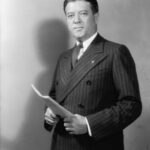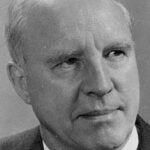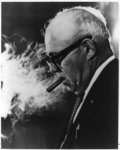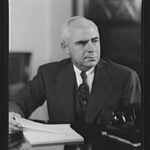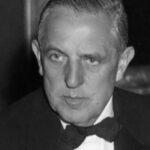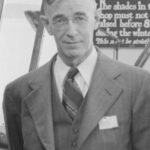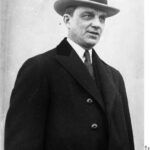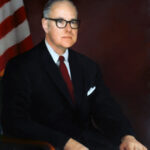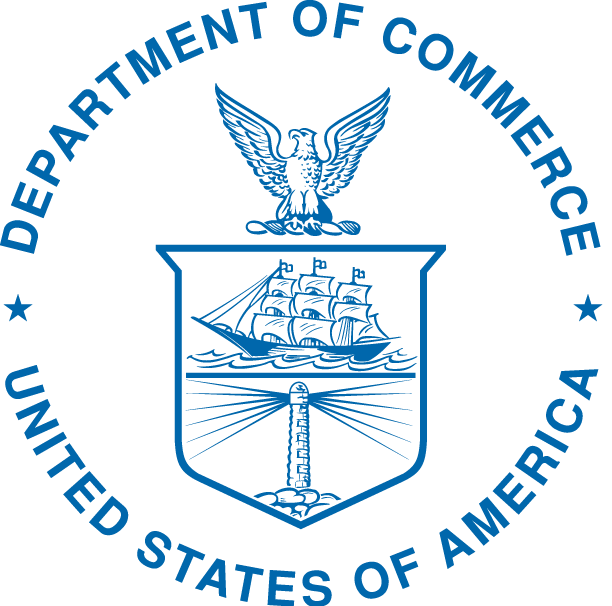
The President’s Committee on Foreign Aid
- Date of Founding
- 1947
- Date of Abolition
- 1948
- Location

The President’s Committee of Foreign Aid (1947-1948) was a committee within the United States Department of Commerce tasked with determining the limits within which the United States of America could safely and wisely extend economic aid to Western Europe. It was created after Secretary of State George C. Marshall had taken the initiative to offer American economic aid to help Europe rebuild its economy on 5 June 1947. On 22 June, President Harry S. Truman commissioned a group of distinguished citizens to study the impact of such a large-scale foreign economic assistance program on the domestic economy.
The committee consisted of a wide range of politicians, economics, traders and industrialists with an even wider range of political backgrounds. Most of the members of the committee had ties to the business world, and were members of the Business Advisory Council (BAC) or the Committee for Economic Development (CED). The Committee was chaired by Averell Harriman, and other notable members were Paul G. Hoffman and Richard Mervin Bissell Jr..
The Harriman Committee as it became known watched developments in Europe closely. In Paris, the Committee for European Economic Cooperation (CEEC) was working on its recommendation for American aid. When the CEEC finished, a group of CEEC-experts visited Washington to talk with members of the Harriman Committee.
In November, the Harriman Committee finished its report. The basic conclusions were that Europe should take the initiative for its own economic reconstruction and that the U.S. had a vital economic, humanitarian, political and strategic interest in aiding Europe. Eventually, the Harriman Report laid the groundwork for what would become known as the European Recovery Program (ERP), which was signed into law by U.S. Congress in April 1948.




